Force of Nature
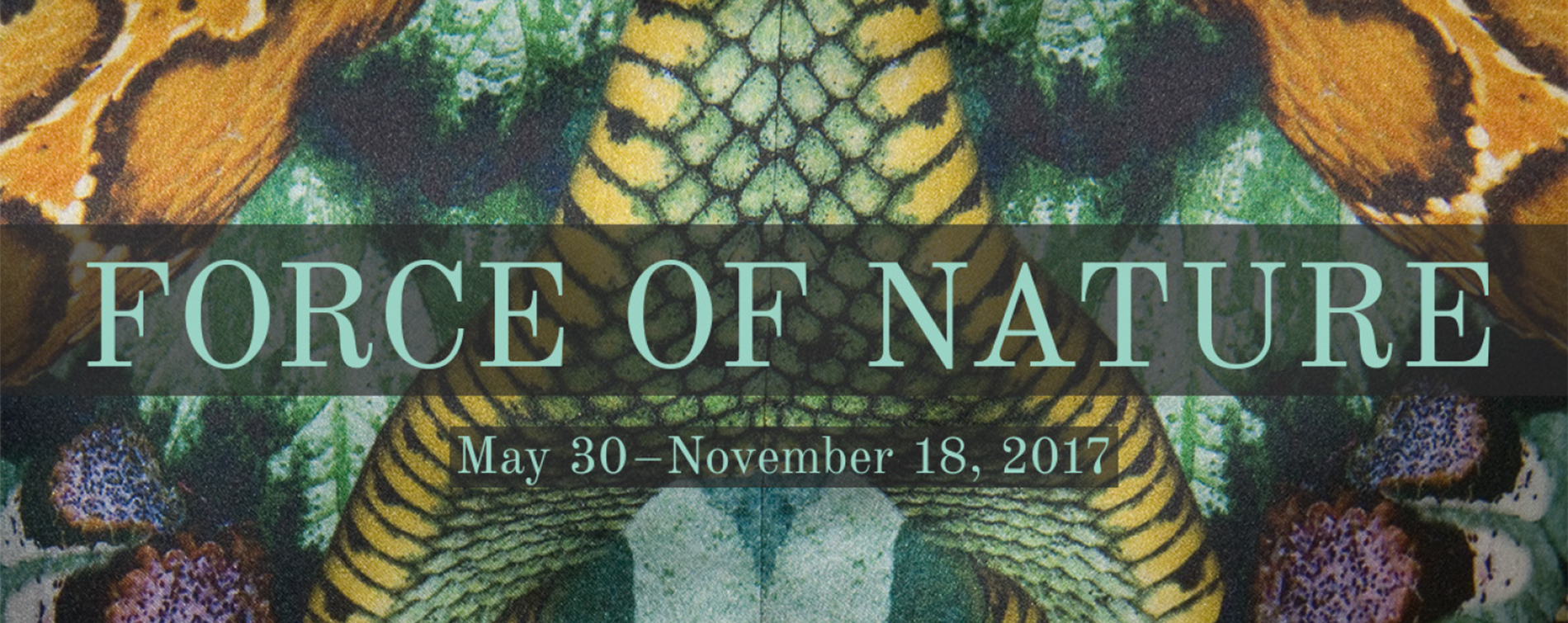
Explore the online resource for additional information about topics covered throughout the exhibition.
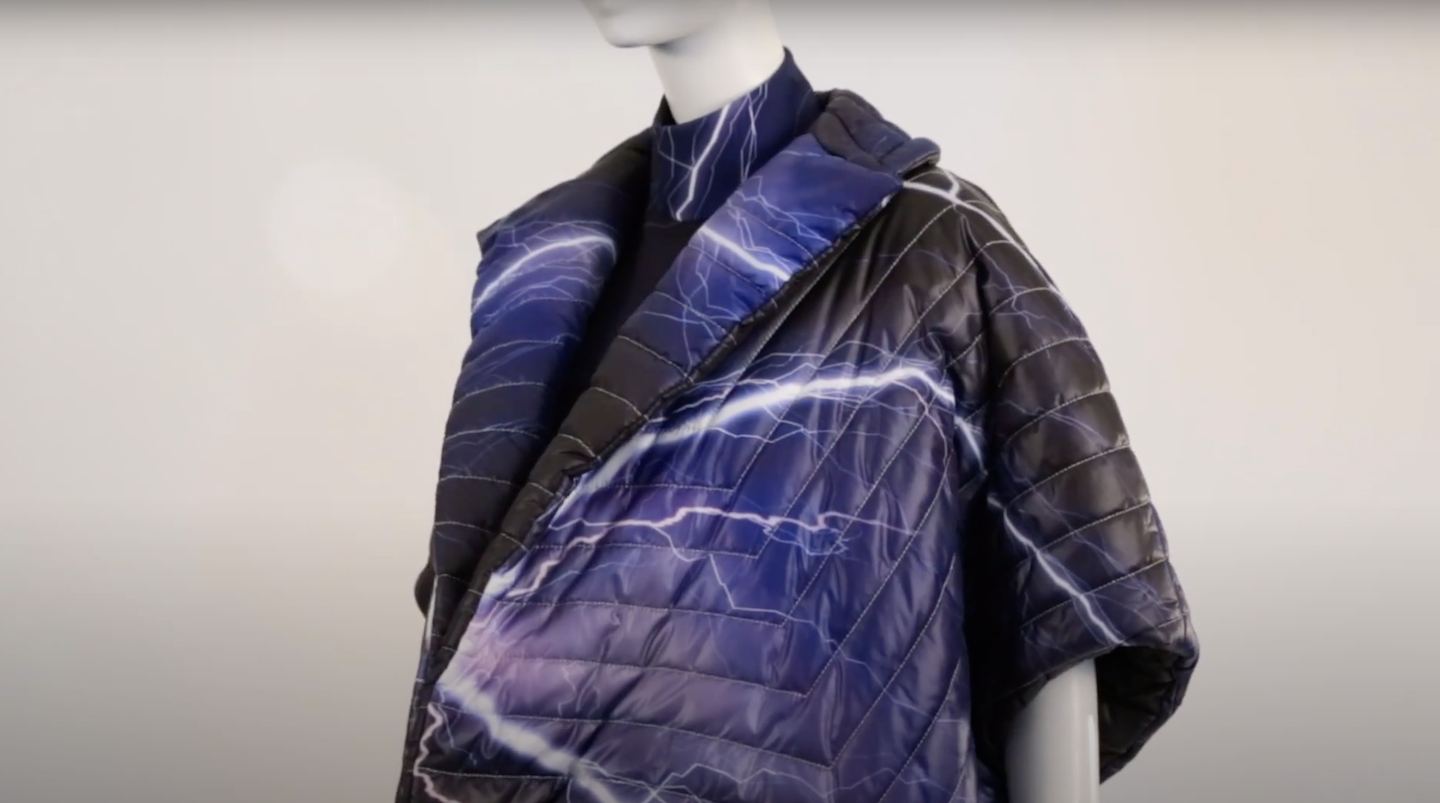
Exhibit Details
Leonardo da Vinci once said that "those who are inspired by a model other than Nature, a mistress above all masters, are laboring in vain." Nature has inspired both art and fashion for hundreds of years. Fashion designers often reference the natural world — its ora and fauna, geology, and physical processes — to create wildly imaginative designs. As Alexander McQueen said, "I have always loved the mechanics of nature, and to a greater or lesser extent my work is always informed by that."
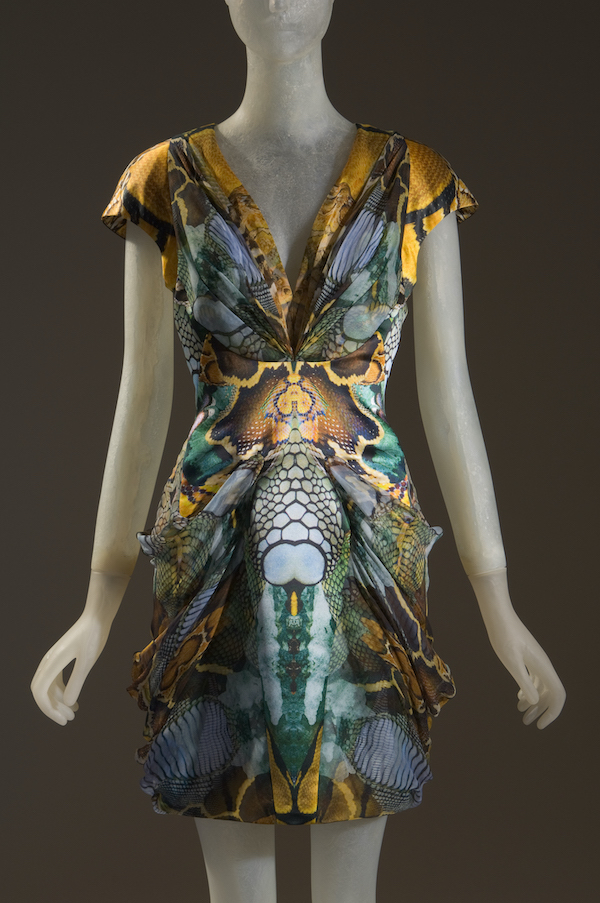
Alexander McQueen, dress, Plato’s Atlantis collection, Spring 2010, England, museum purchase, 2010.77.1
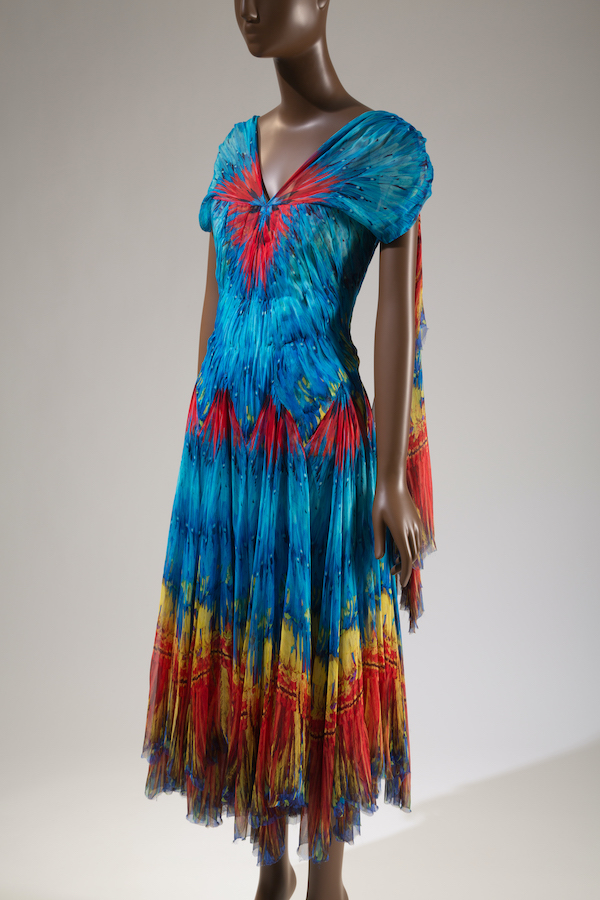
Alexander McQueen, Irere collection, Spring 2003, England, museum purchase, 2016.15.1
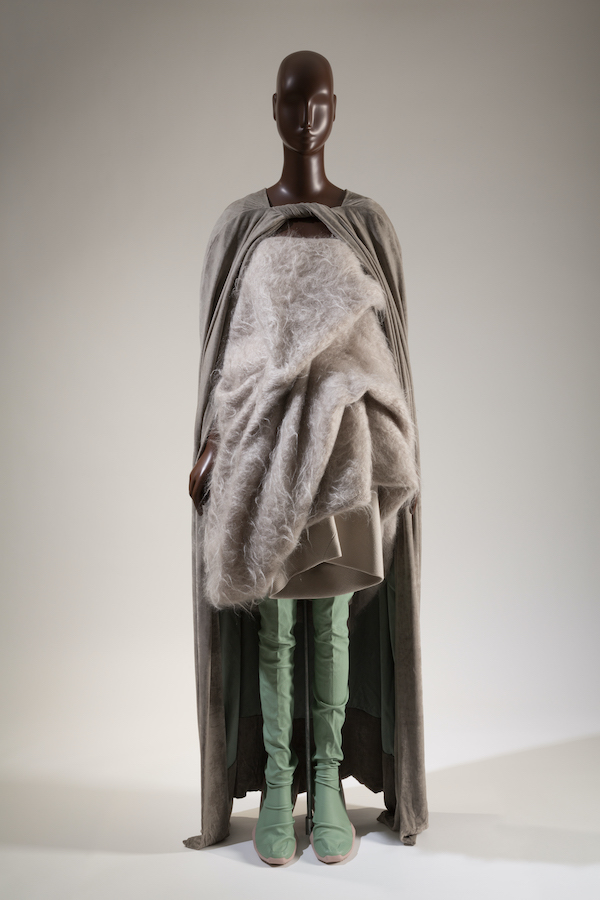
Rick Owens, ensemble, Mastodon collection, Fall 2016, USA, gift of Rick Owens Studio, 2016.92.1
Force of Nature examined the complex relationship between fashion and the natural world. The exhibition
revealed how nature has historically influenced fashion, and how fashion can serve
as an indicator of society's relationship with the natural world. In eighteenth century
Europe, for example, nature became an object of renewed fascination as a result of
overseas exploration. This fascination found expression in garments that featured
depictions of exotic plants and animals.
Spanning the eighteenth century to the present, the exhibition was organized into
ten sections, each focusing on a facet of fashion's connection to nature. Garments,
textiles, and accessories, exclusively from the collection of The Museum at FIT, illustrated
how principles in the natural sciences, such as the dynamics of sexual attraction,
have informed fashion design. Elaborately feathered women's hats, for example, showed
how the plumage male birds use for sexual display has been appropriated to emphasize
female beauty.
Naturalist Alexander von Humboldt (1769- 1859), often considered the father of ecology,
characterized the vast diversity of nature as an interconnected global force. He also
believed that imagination was essential to experiencing and understanding nature.
Therefore, Force of Nature began with a series of garments that demonstrate this diversity and the creativity
it inspires. Included were a mesmerizing "water" dress by Iris van Herpen that appeared
to splash away from the body and an ensemble by Rick Owens that was inspired by the
mighty, prehistoric mastodon.
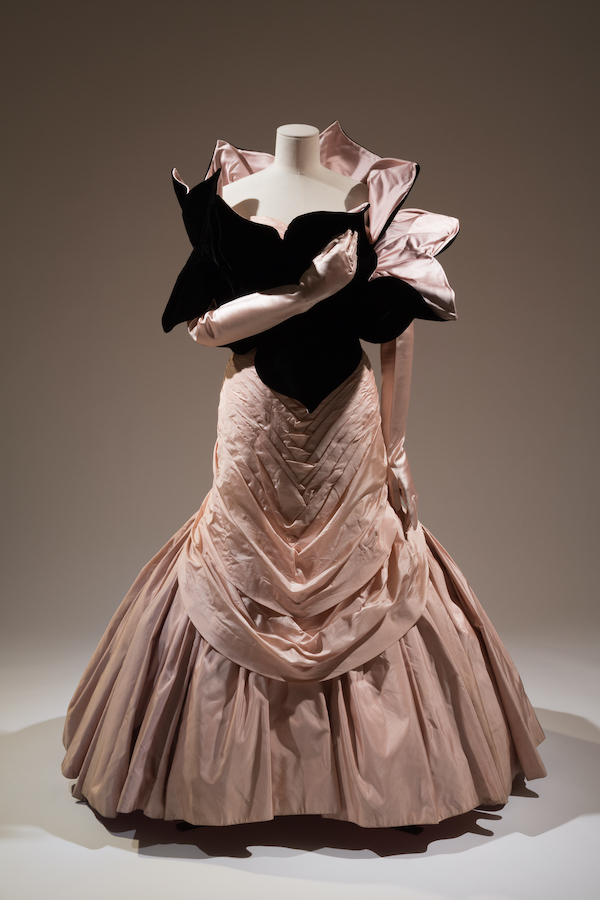
Charles James, Tree evening dress and Petal stole, 1955, USA, museum purchase, P87.31.11
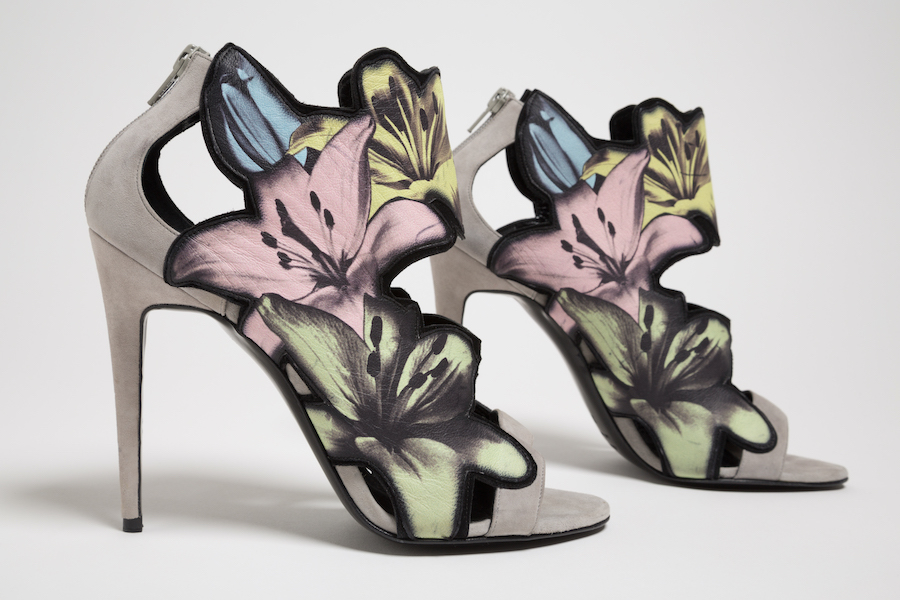
Pierre Hardy, shoes, Summer 2015, France, gift of Pierre Hardy, 2016.18.1
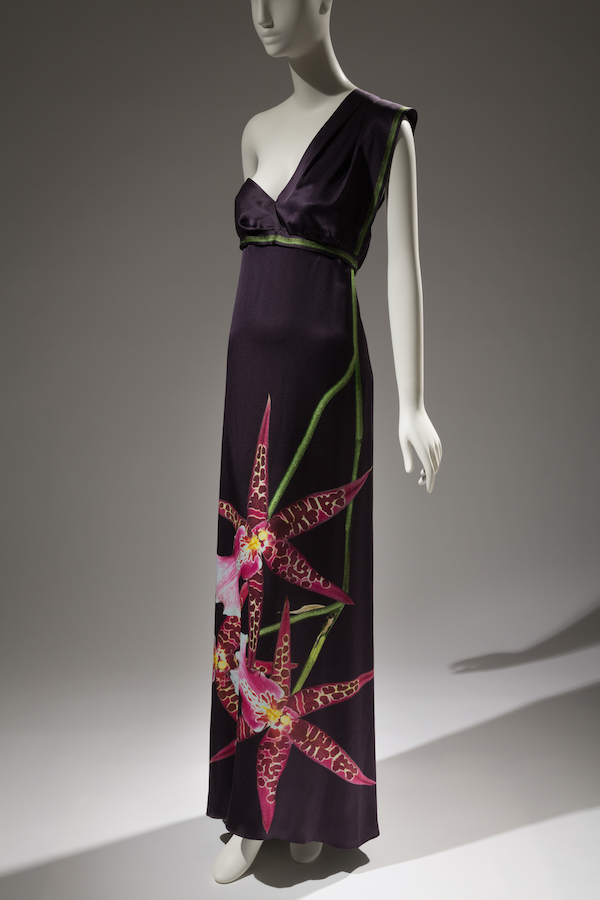
Alexander McQueen, evening dress, Pantheon as Lecum collection, Fall 2004, England, museum purchase, 2016.104.1
During the Enlightenment, as naturalists classified newly identified plant species,
exotic botanic gardens flourished throughout Europe. These gardens inspired the work
of textile designers, who began to depict flowers from around the world. The sexuality
of plants and the symbolism of flowers such as roses and orchids have also been explored
through dress. An evening gown by Charles James with a petal-like stole bestows upon
its wearer a sensual elegance by transforming her into a flower. A pair of shoes by
Pierre Hardy challenged traditional representations of flowers by rendering realistic
images of lilies in saccharine, artificial colors.
The bold patterns of animal skins have been appropriated by fashion designers for
their strong visual impact and erotic appeal. However, these patterns are
often employed in a manner that contradicts their evolved purpose in the natural world.
The striking patterns that serve to camouflage animals in the wild are often used
in fashion as a way to stand out. The undeniable beauty of birds and the phenomenon
of metamorphosis, the most radical form of change in nature, have also fueled the
imagination of many fashion designers.
Nature was the subject of intense study during the nineteenth century, with everything
from ocean life to microorganisms under examination. This led to the appropriation
of natural objects as a form of adornment. Scientist and artist Ernst Haeckel illustrated
his discoveries using the microscope in Art Forms in Nature (1899–1904), a book that influenced artists and designers. Nature's geometric shapes
and forms have continued to inspire designers such as Christian Dior and more recently
the design trio ThreeASFOUR.
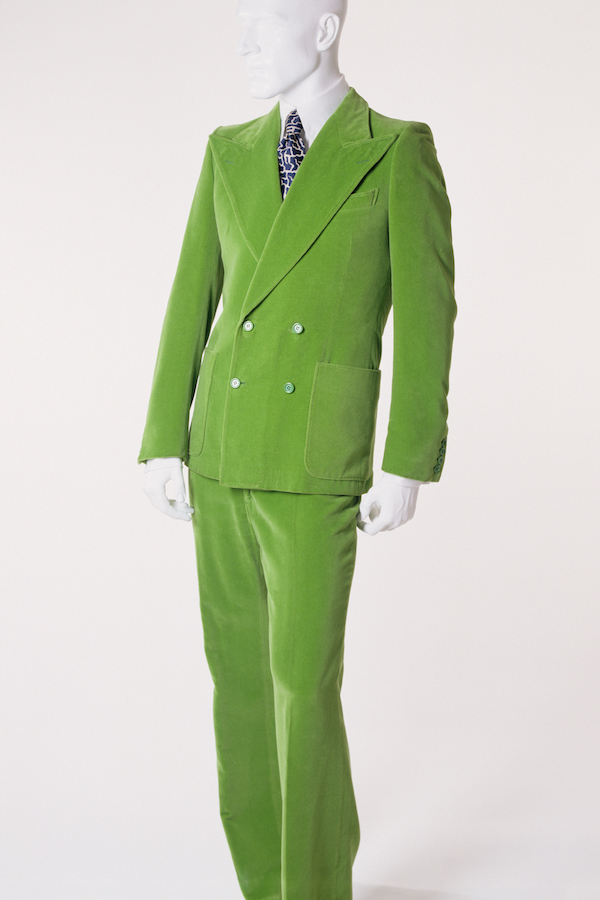
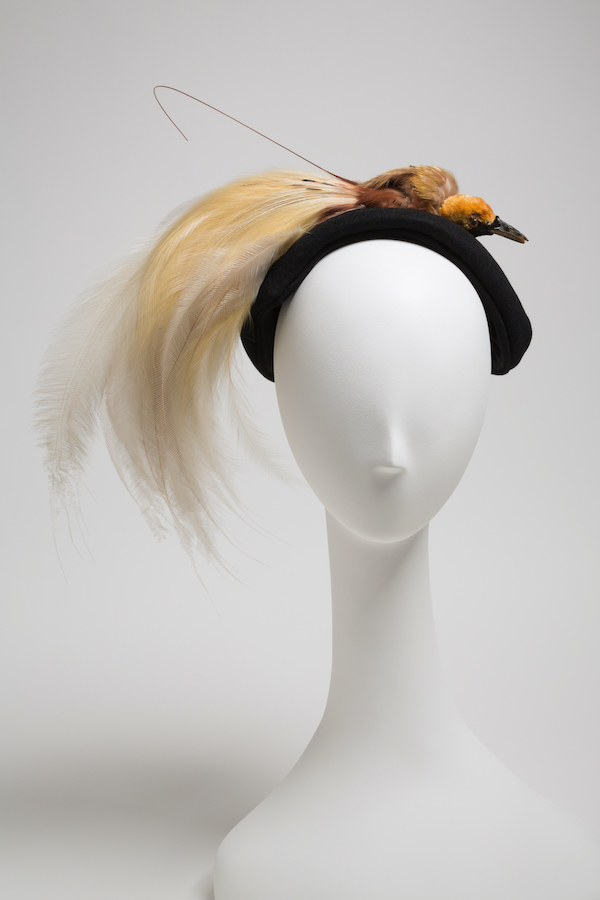
In 1863, Charles Baudelaire drew comparisons between fashion and the natural world, describing changes in fashion to be "as elaborately articulated as they are in the animal kingdom." In an 1872 essay, Charles Darwin's son George Darwin directly compared changes in dress to evolution by natural selection. Few principles of modern scientific thought have had as wide an impact as the theory of evolution, and fashion designers, in turn, have addressed evolution in their collections. Alexander McQueen's spring 2009 collection Natural Dis-Tinction, Un-Natural Selection contemplated the notion of survival of the fittest, in addition to the "deleterious results of industrialization on the natural world."
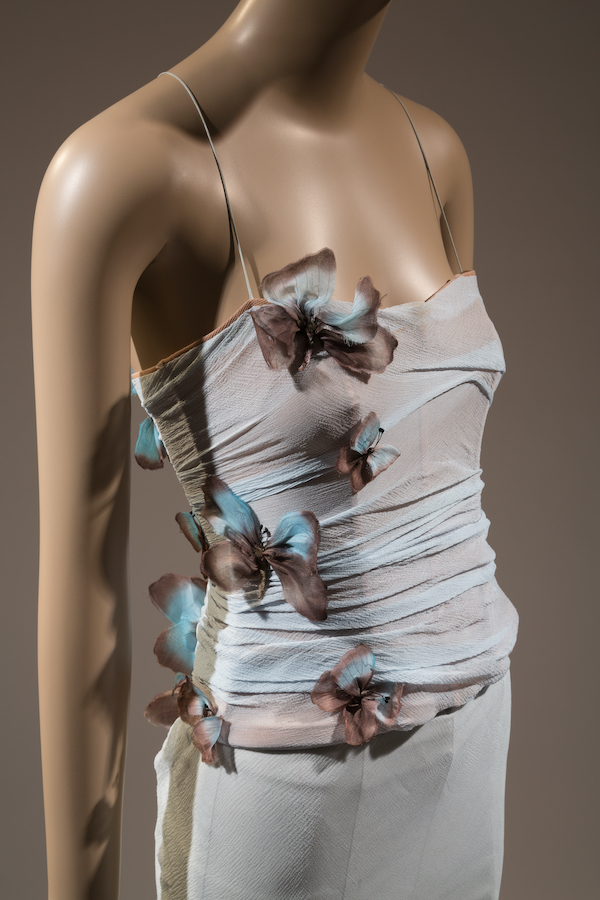
Dolce & Gabbana, evening dress, Spring 1998, Italy, gift of Dolce & Gabbana, 98.45.1
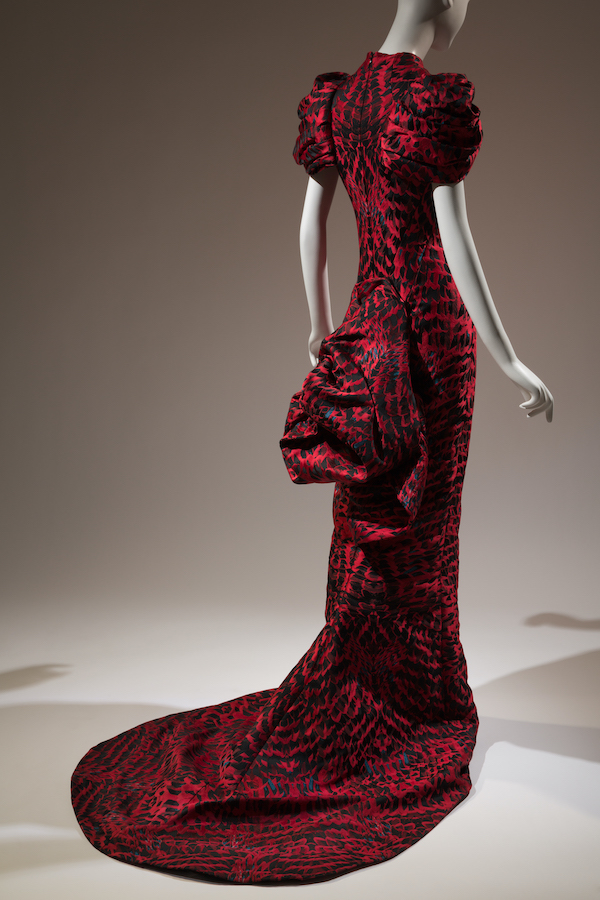
Alexander McQueen, dress, Horn of Plenty collection, Fall 2009, England, museum purchase, 2016.63.1
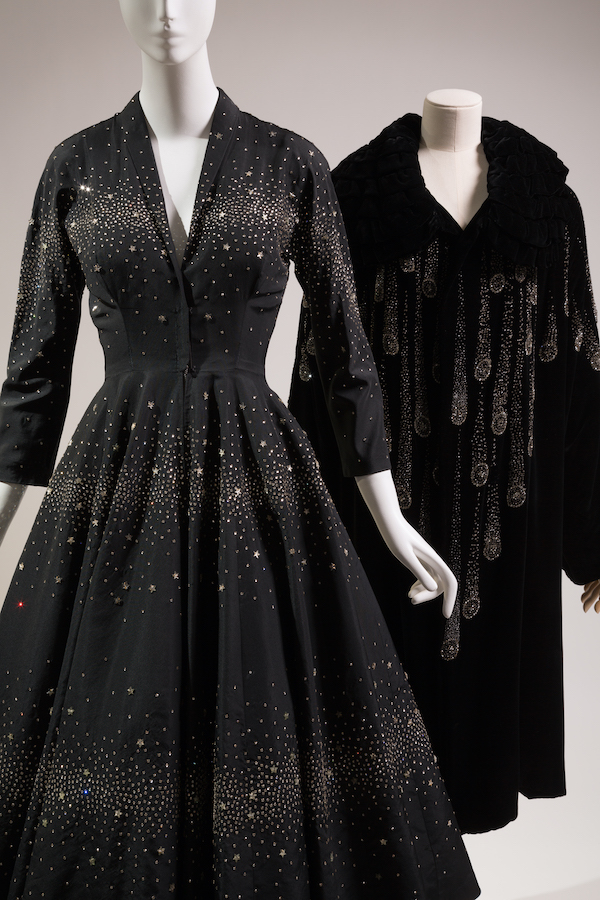
(L) Saks Fifth Avenue, cocktail dress, Fall 1953, USA, gift of Sophie Gimbel, 75.69.3. (R) Evening coat, circa 1920, France, gift of John J. Sasek, 81.88.1
Discoveries relating to celestial bodies, the greater universe, and the physical forces
that created them have also led to extraordinary designs. Electric force was conveyed
in an ensemble by Arzu Kaprol that featured an image of lightning and conveyed a sense
of strength and power.
The natural world has influenced fashion in positive ways, but fashion's impact on
the environment has been largely detrimental. However, this relationship is changing,
with many designers engaging in more sustainable practices. This shift indicates a
new attitude toward nature, from one of dominion to participation. Science and technology
play key roles in transforming this relationship, as evidenced by designer interest
in biomimicry (employing design principles that imitate nature’s processes) and biomaterials
that are grown using biological organisms. Force of Nature closes with an examination of this emerging dynamic, encouraging a vital discussion
about future directions in fashion.
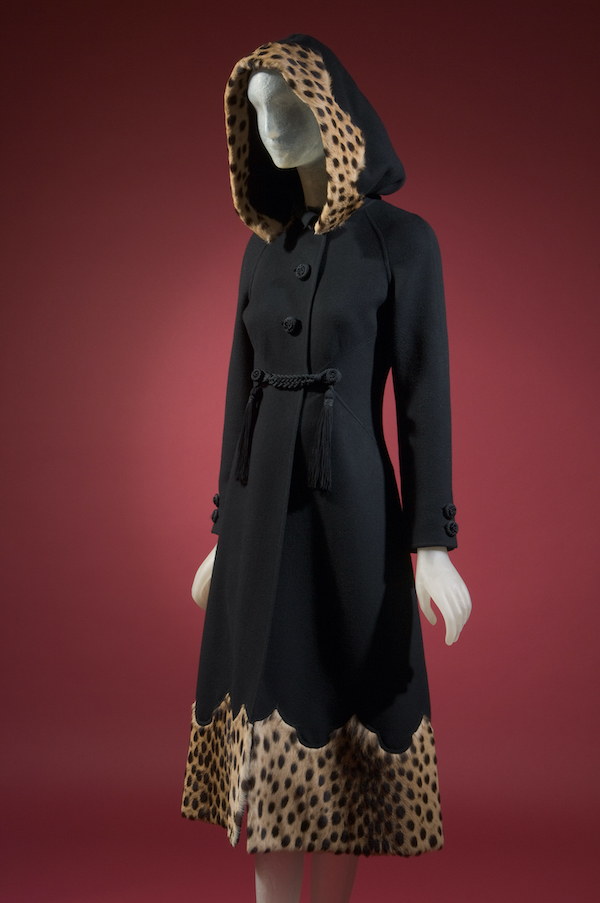
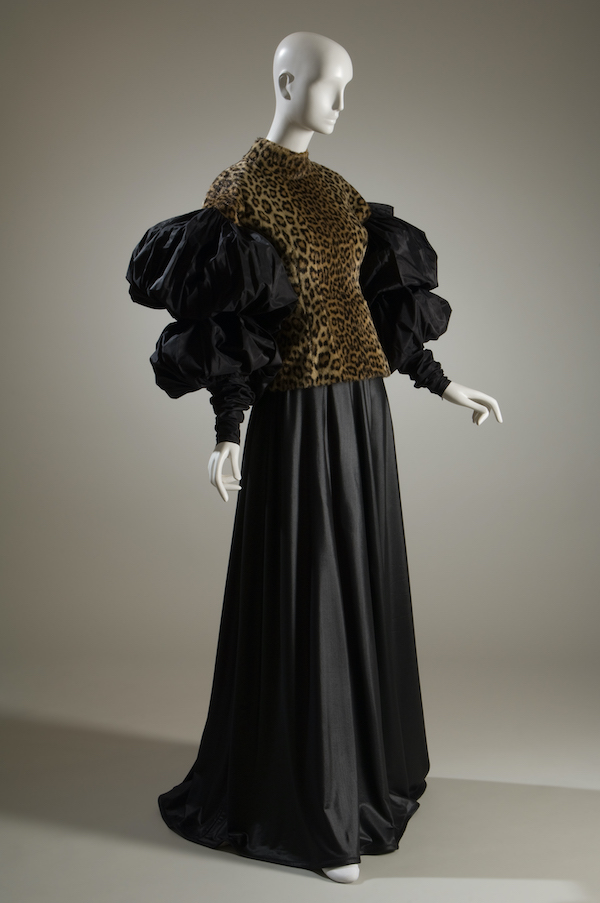
Force of Nature was organized by Melissa Marra-Alvarez, associate curator of Education and Public
Programs, The Museum at FIT.
Force of Nature was made possible by the support of the Couture Council of the Museum at FIT.
Javier Alvarez, Animal Forensics Assistant, ASPCA (former Avian Collections Manager, Staten Island Zoo)
Daniel Grushkin, Program director of the Biodesign Challenge and co-founder of Genspace
Sarah Hezel, Director, Interpretation & Graphic Design, Wildlife Conservation Society
Suzanne Lee, Chief Creative Officer, Modern Meadow
Eleanor J. Sterling (PhD), Chief Conservation Scientist, Center for Biodiversity & Conservation, AMNH
Alexandra Wright (PhD), Assistant Professor of Ecology at Cal State LA (former Asst Professor of Biology at FIT)
Many thanks to MFIT staff who assisted with this exhibition and related web materials. Thank you also to interns Bethany Gingrich and Nelli Ayvazyan.